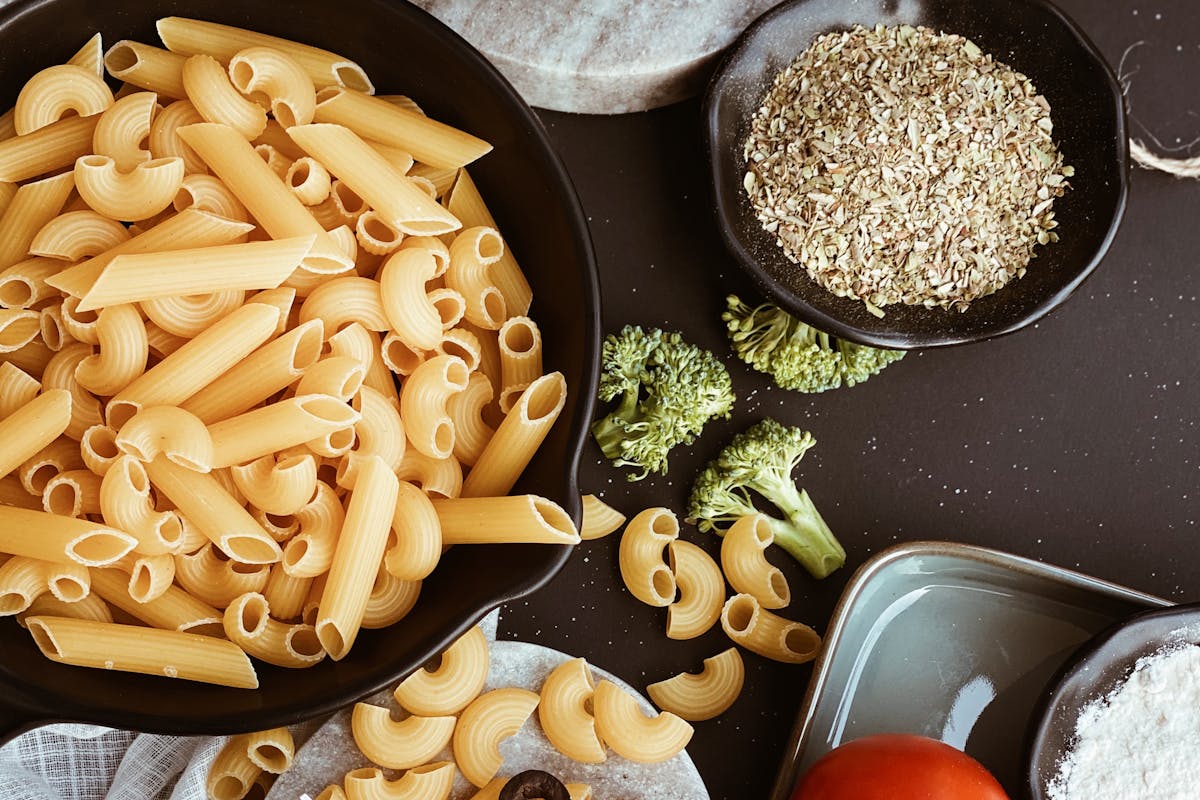9 Baking Substitutes That Don’t Ruin Texture
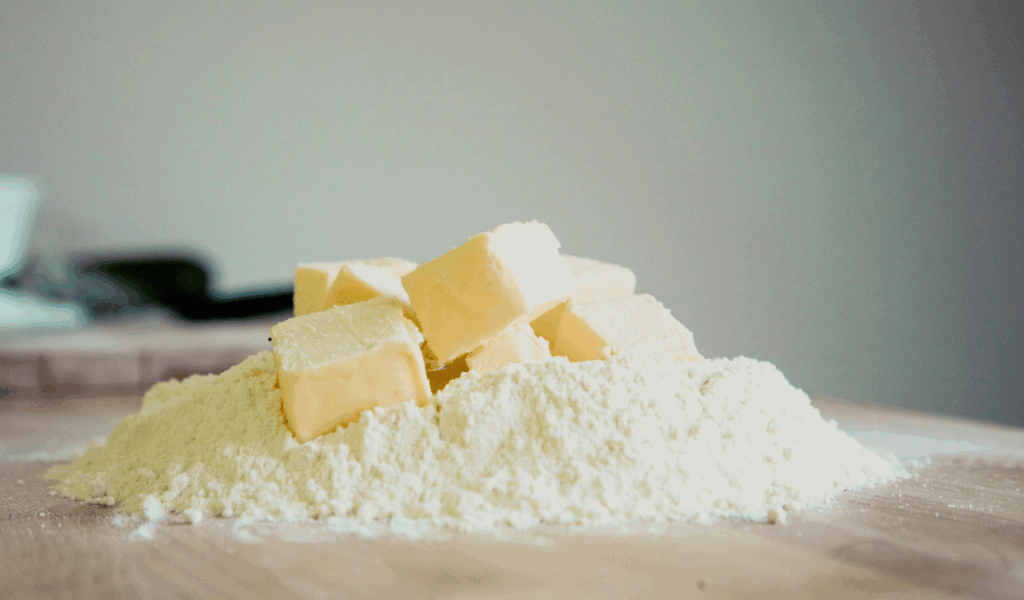
Since baking is a science, a single alteration can ruin a whole recipe. However, there are instances when you run out of an ingredient or require a substitute due to dietary or health concerns. Fortunately, if you know what works, you can substitute without compromising taste or texture. Your cookies, cakes, and breads will always turn out beautifully thanks to these nine baking alternatives that preserve the structure, moisture, and crumb you expect.
1. Applesauce for Oil or Butter
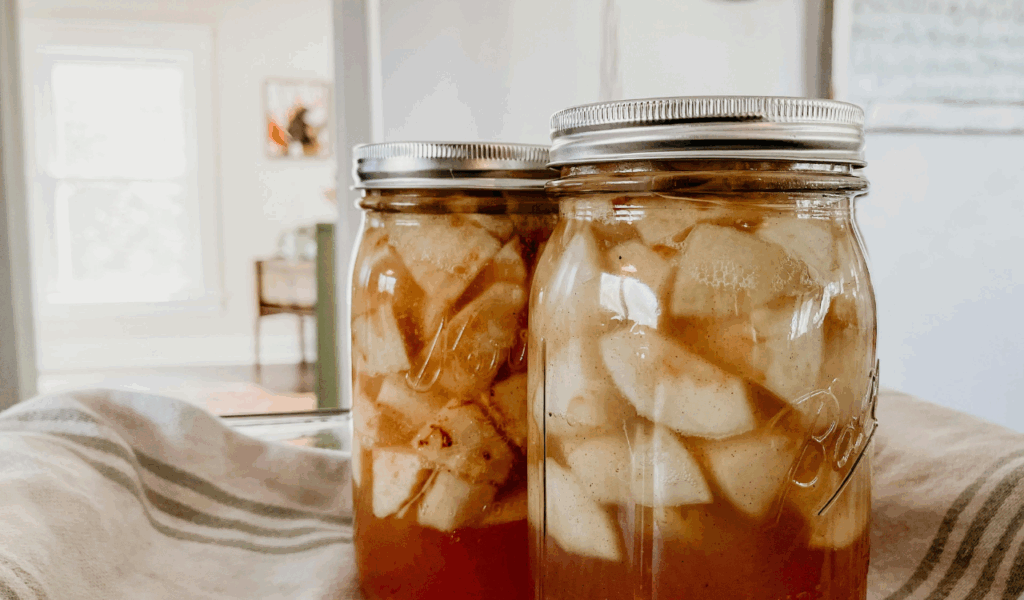
Unsweetened applesauce works well in place of oil or butter, particularly in cakes, muffins, and quick breads. It adds a subtle sweetness without overpowering the flavor and keeps the baked goods moist without making them greasy. Use roughly ¾ cup applesauce for every cup of butter and oil in a 1:1 ratio. Be aware that it slightly softens the texture, so it works best in recipes that call for a light, tender crumb rather than ones that call for flaky pastries or crispy cookies.
2. Greek Yogurt for Sour Cream
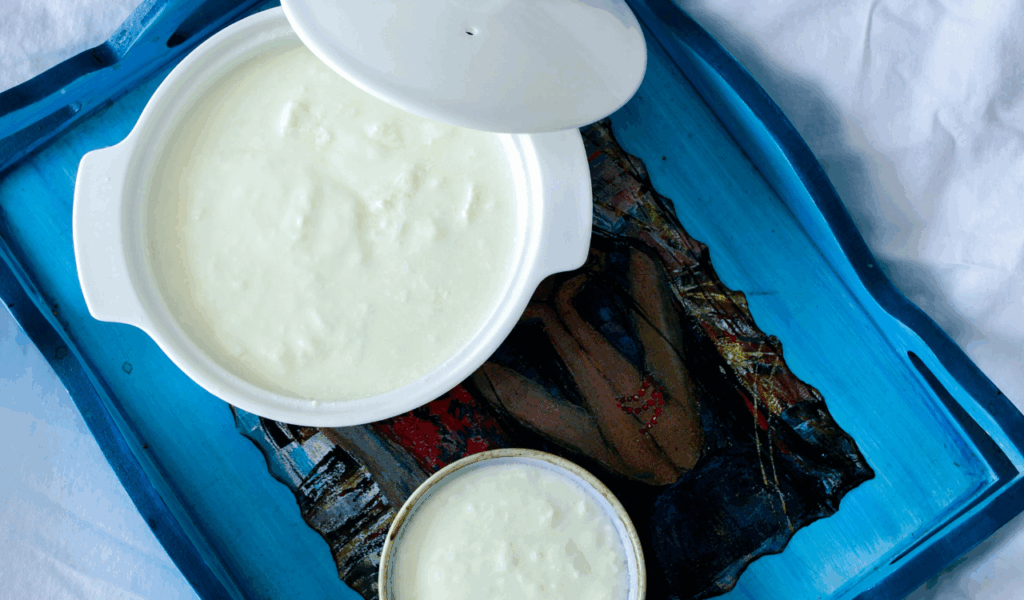
Greek yogurt complements most baked recipes and is a lower-fat, higher-protein substitute for sour cream. It helps preserve the soft texture of cakes and muffins by adding the same tangy flavor and creamy consistency. When substituting, use a 1:1 ratio. For optimal results, use full-fat plain Greek yogurt; non-fat varieties may result in a less rich finished product. Additionally, it adds moisture, which is necessary for baked goods to be tender without being greasy.
3. Flaxseed Meal for Eggs
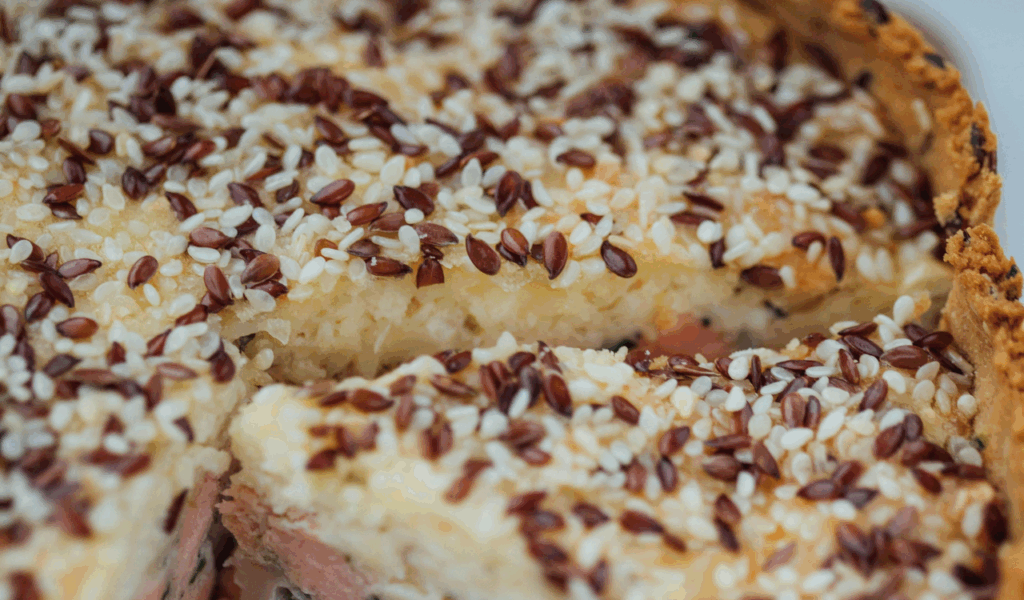
Vegan bakers love using flaxseed meal as an egg substitute, but anyone who avoids eggs can use it as well. One egg is made by combining one tablespoon ground flaxseed with three tablespoons water and letting it sit for a few minutes until it gels. It adds moisture and binds ingredients without significantly changing the bake’s structure. It works well for cookies, pancakes, and quick breads, but it isn’t the best option for recipes like angel food cake that mainly rely on eggs for lift.
4. Vinegar and Baking Soda for Eggs
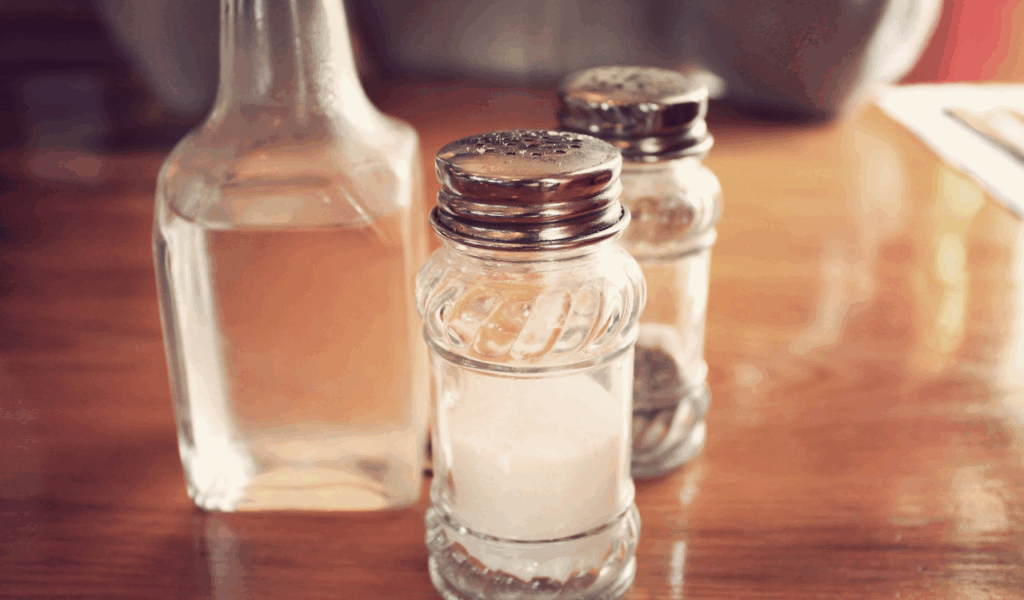
When used in recipes that call for lift and lightness, this pair works surprisingly well in place of eggs. To substitute one egg, combine one teaspoon of baking soda with one tablespoon of vinegar (either apple cider or white vinegar). Cakes and muffins rise without becoming dense thanks to the carbon dioxide bubbles produced by the chemical reaction. Avoid using this method in recipes that call for eggs for structure or richness; it works best for light cakes, cupcakes, and sponge-style bakes.
5. Mashed Banana for Eggs or Butter

In baked goods, mashed bananas make a fantastic alternative to eggs or butter, so they’re not just for banana bread. Replace one egg with ¼ cup of mashed banana or use ½ cup for every cup of butter. Although they add a noticeable flavor, bananas keep things soft and moist. Because of this, they work well in brownies, muffins, and pancakes but not in vanilla cakes or other recipes that call for a neutral flavor. Expect a slightly denser texture as well.
6. Coconut Milk for Heavy Cream
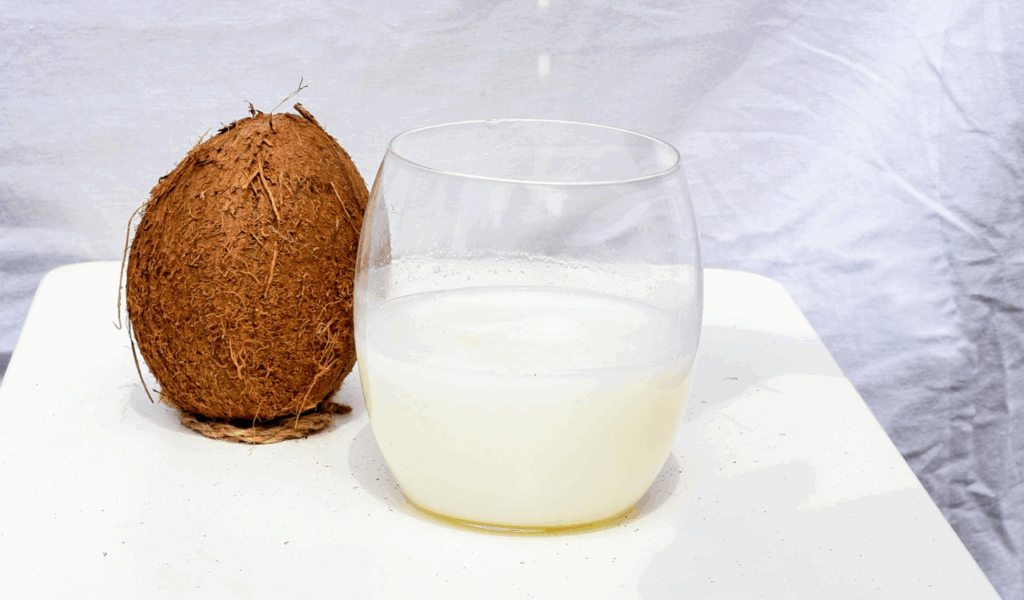
When you want something rich but dairy-free, coconut milk can be used in place of heavy cream. Use a 1:1 ratio of full-fat canned coconut milk that has been thoroughly shaken. It adds moisture and creaminess to cakes, frostings, and ganache without sacrificing texture. In more delicate recipes, the subtle coconut flavor may stand out, but it usually goes well with desserts. For consistent results, use it as is in batters or chill it to whip for toppings.
7. Almond Flour for All-Purpose Flour
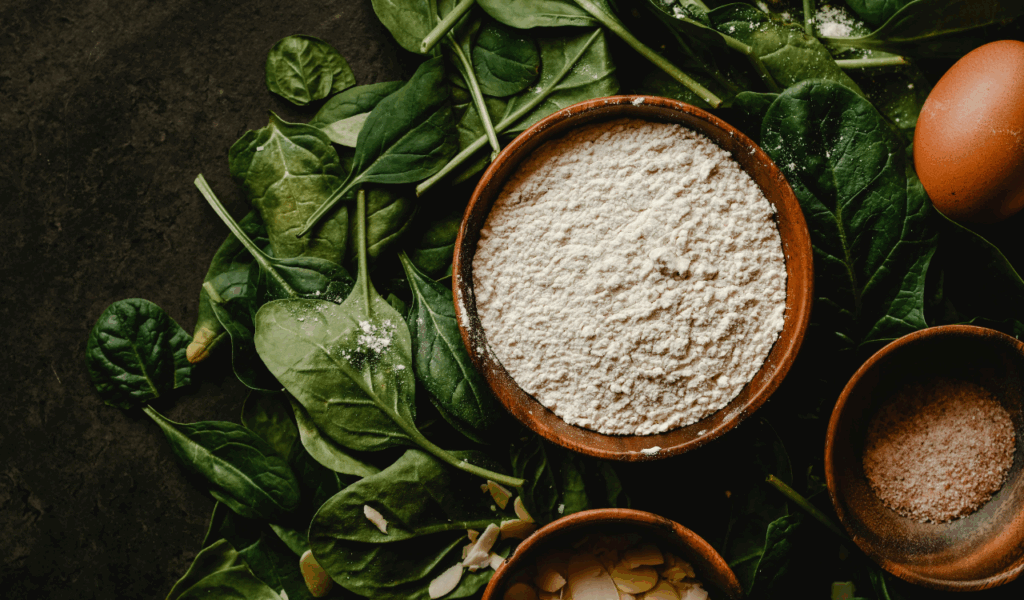
Although almond flour is frequently used as a gluten-free alternative, it functions differently from ordinary flour. It doesn’t offer the same structure because it is heavier and doesn’t contain gluten. Nevertheless, it adds a nice nutty flavor and moisture. Use eggs or a binder, such as xanthan gum, to keep it from becoming crumbly or soggy. Almond flour is ideal for dense cakes, brownies, and cookies. For a more tender crumb, use approximately ¾ cup almond flour for every cup of all-purpose flour.
8. Cornstarch for Cake Flour
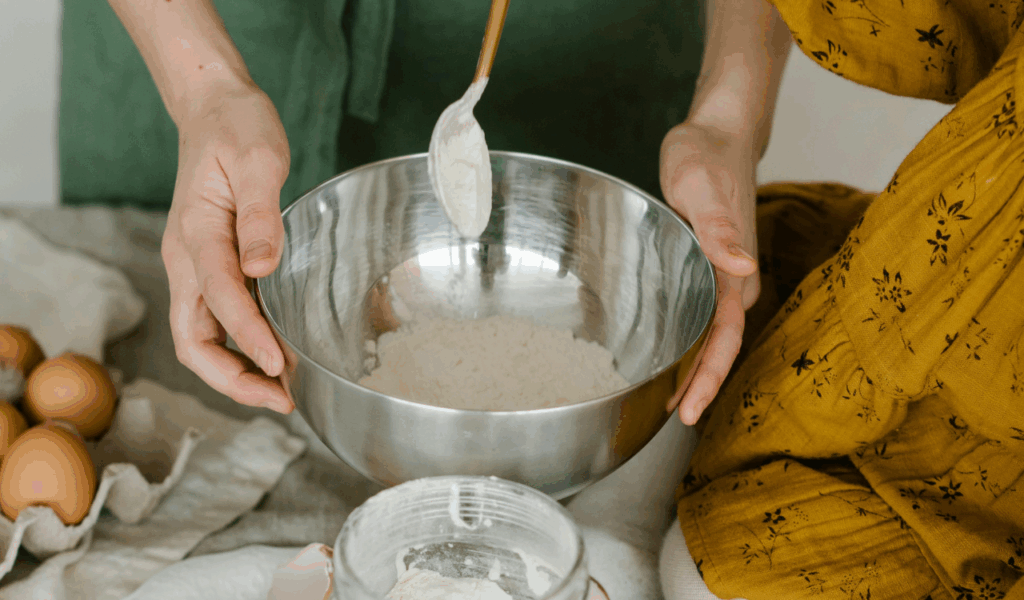
Cornstarch can help soften all-purpose flour to mimic the light texture of cake flour if you’re out of it. Take one cup of all-purpose flour, take out two tablespoons, and add two tablespoons of cornstarch for every one cup of cake flour required. To ensure even mixing, sieve together. This produces a finer, more delicate crumb, which is ideal for light cakes, cupcakes, and muffins, while also slightly reducing the protein content. It works well for delicate baked goods but not for yeast breads.
9. Oat Milk for Dairy Milk

Oat milk’s mild flavor and creamy consistency make it one of the greatest non-dairy milk alternatives for baking. In the majority of recipes, such as cakes, pancakes, and muffins, use it in a 1:1 ratio to dairy milk. It keeps moisture in the finished product and won’t curdle when heated. Oat milk is a dependable option when you wish to maintain the recipe’s original form because it doesn’t have a strong aftertaste or thin texture like some other plant milks do.




